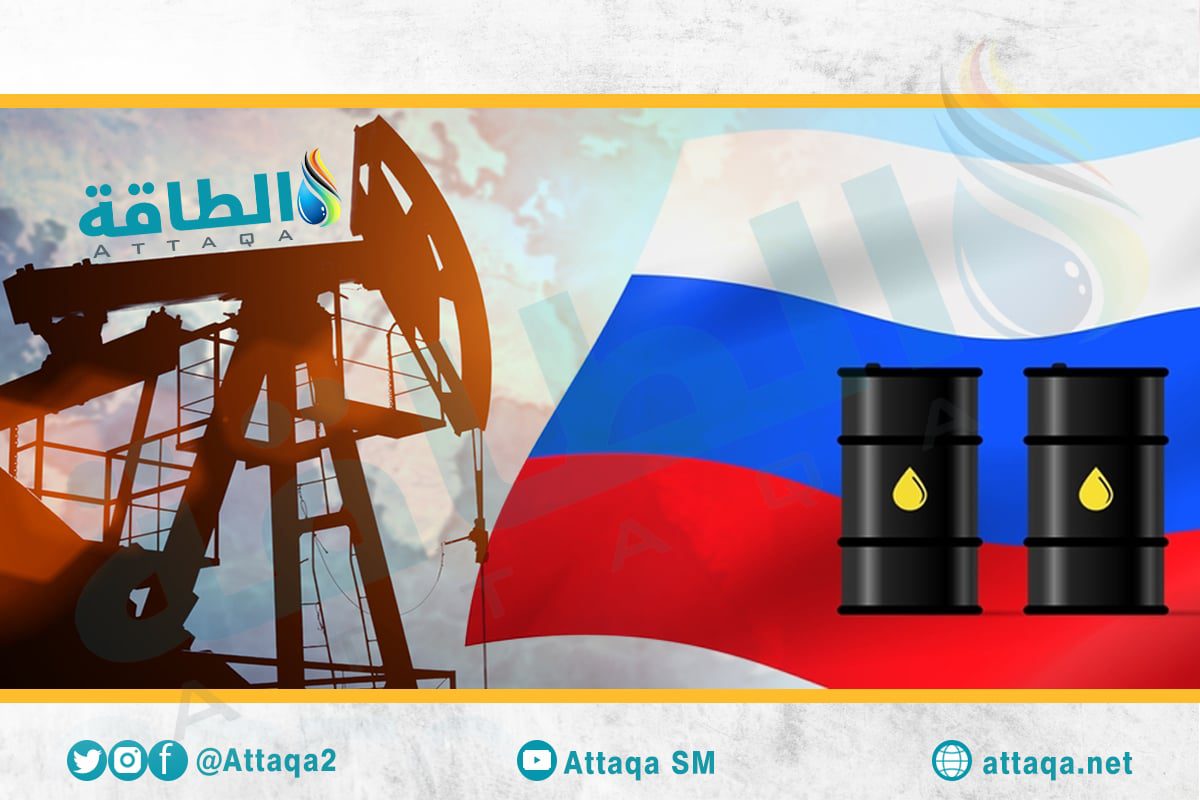India and China turned a blind eye to the US warnings, as they continue to import Russian oil at prices that exceed the ceiling set by Western countries in an attempt to reduce Moscow’s energy revenues.
Beijing and New Delhi captured the vast majority of Moscow’s oil exports in April (so far) at prices above the Western price ceiling of $60 a barrel.
This comes despite warnings from the United States against evading the ceiling on Russian oil prices, as companies and individuals threatened to be subjected to penalties and fines.
This means that the Kremlin enjoys stronger revenues despite attempts by the West to rein in funds for Russian military operations in Ukraine, according to the data seen by the specialized energy platform.
Russian oil price ceiling
A G7 source said the Western price ceiling will remain unchanged for the time being, despite pressure from some EU countries, such as Poland, to lower the ceiling to increase pressure on Moscow, Reuters reported.
Defenders of the cap say it reduces Russia’s revenues while letting oil flow, but opponents say it is too easy to force Russia to back down from its activities in Ukraine.
The G7 countries, including the United States, and the European Union have imposed a cap on shipments of Russian oil since late last year, as part of the sanctions imposed on Russia following its invasion of Ukraine in February 2022.
Under the price cap scheme, companies are allowed to provide financial services, such as transportation, insurance and financing services for oil and Russian petroleum products, only if they sell at the $60 cap.
Urals shipments
The latest data from Refinitiv Eikon indicates that Russian Urals oil shipments loaded in the first half of April are mostly destined for ports in India and China.
India has acquired more than 70% of Russian oil transported by sea in April so far, and China about 20%, according to Reuters calculations.
Meanwhile, lower freight rates and smaller cuts for Urals crude against global benchmarks pushed the price of Russian oil above its cap in April.
India and China did not agree to abide by the price cap, but the West hoped that the threat of sanctions might deter traders from helping those countries buy oil above the cap.
India had recently announced that it would continue to buy Russian oil, even if it was above the western price ceiling, as it is lower compared to other crudes.
Asked about the possibility of continuing to buy Russian oil above the price ceiling, Indian Finance Minister Nirmala Sitharaman said, “Otherwise, I will end up paying more than I can afford… We have a huge population, so we will have to look for prices that are right for us.”
Russian oil discounts
Discounts to Urals averaged $13 per barrel to Brent on a FOB basis in Indian ports and $9 to less than Brent in Chinese ports, according to traders, while freight costs were $10.5 per barrel and $14 per barrel, respectively, for shipments from Baltic ports. to India and China.

This means that the price of the Urals on a FOB basis in the Baltic ports has been just over $60 a barrel so far in April, according to Reuters calculations.
Freight costs have fallen dramatically in recent weeks, as icing conditions at Russian ports ease and more tankers become available.
Two traders said freight rates for Urals cargo being loaded at Baltic ports for delivery to India fell from $7.5 to $7.6 million from $8 to $8.1 million two weeks ago.
They added that the cost of shipping tankers from Baltic ports to China amounted to $10 million, down from about $11 million two weeks ago.
Over the winter, shipping costs for Urals crude cargoes jumped to more than $12 million for both India and China.
Traders said the lower shipping costs indicated that Russian oil suppliers had secured a sufficient number of vessels, even over long distances.
Meanwhile, the production cuts announced by the OPEC+ group of oil producers at the beginning of April boosted the values of various grades around the world, including the Urals.
Urals prices in Indian ports were trading at a discount of between $14 and $17 a barrel to Brent on a FOB basis in March, while the price in Chinese ports was about $11 a barrel less than Brent.
related topics..
Also read..

Leave a Reply